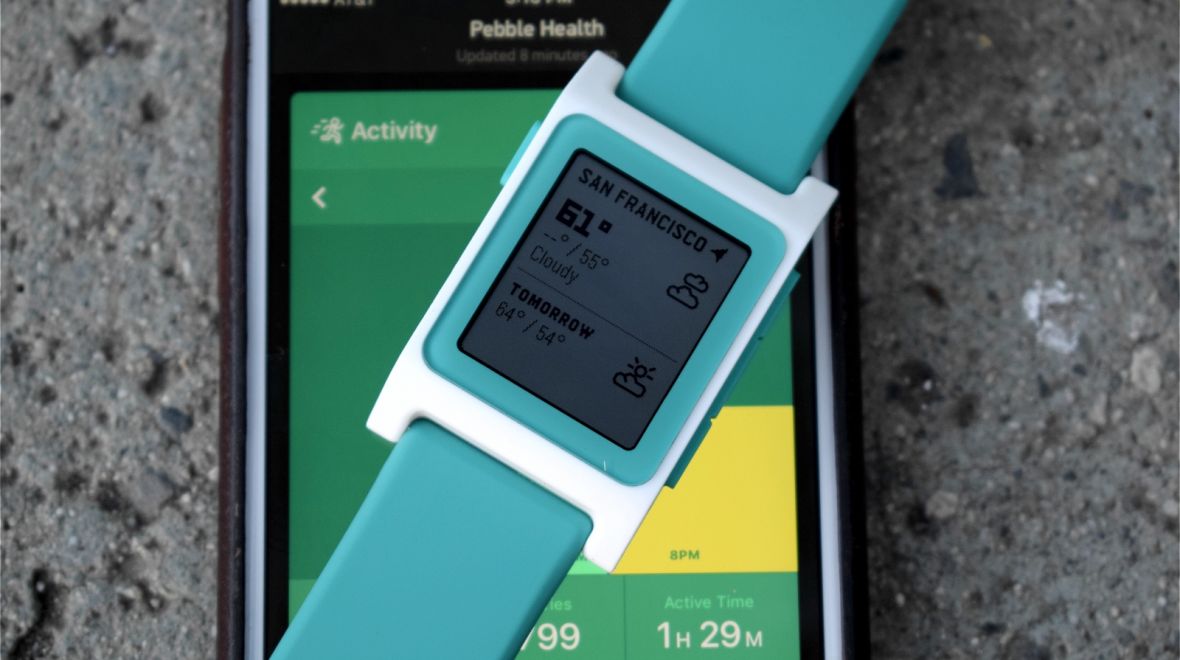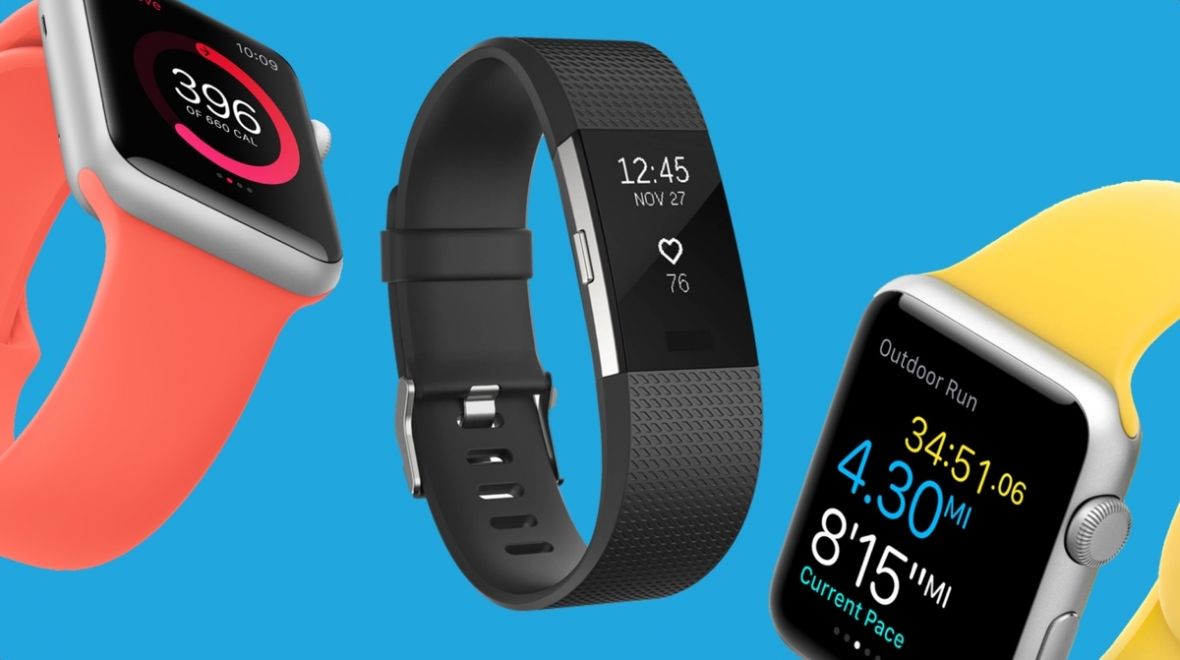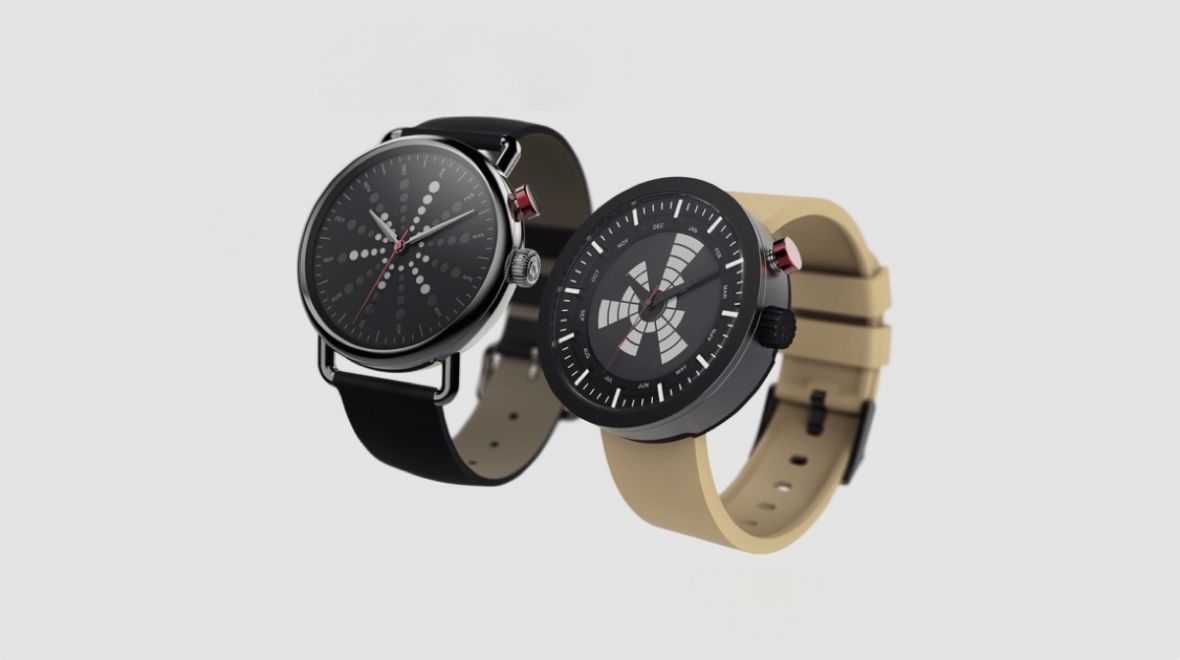The smartwatch market has come a long way since the original Pebble smashed Kickstarter records back in 2012.
Fast-forward to the tail end of 2016 and everything is different. The fashion world has jumped on board with Fossil, Michael Kors, Mondaine, Tag Heuer, Nixon and Casio all throwing their weight behind the cause; adding to the ever-growing array of smartwatches from traditional tech and watch powerhouses.
The perfect smartwatch should work effortlessly, offering you the right mix of features, without making things complex with too many bells and whistles. What’s more, many devices are skewed towards certain types of people, which means that while there’s likely to be a perfect candidate for your needs, there are also going to be plenty of duds.
Here we’ll give you the definitive rundown of the main factors you need to weigh up when spending your cash. It is possible to make an informed, albeit difficult, decision about buying the right smartwatch for you…
Choose the right device
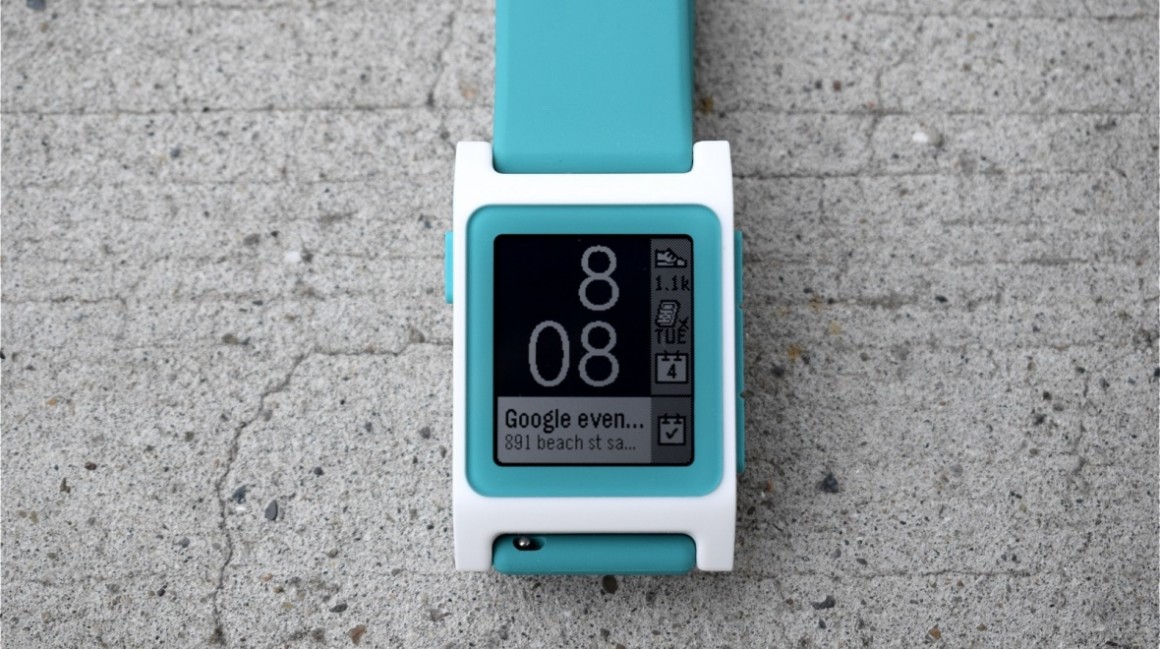
The majority of smartwatches on the market act as accessories to a connected mobile phone, so your current choice of handset is going to have a big say in which watches you can pick from (or vice versa).
The Apple Watch only works with iPhones, as you might imagine. But that doesn’t mean that iOS users are stuck with Cupertino’s offering. Android Wear watches now work with iPhone (even more so once Wear 2.0 lands in 2017), as do Pebble watches and a whole host of other upstarts too.
Samsung smartwatches run the company’s own Tizen OS. While most of its older devices (like the Gear 2 Neo) only work with a limited number of Samsung phones, the newer Gear S2 and Gear S3 models are compatible with a much longer list of recent Android handsets.
As with smartphones, Google develops the software – which is based on Google services such as Google Now – then leaves it to manufacturers like Motorola, LG, Sony, Asus and Samsung to build the watches.
However, the tech old guard are getting brushed aside, and Android Wear has been the go-to OS for some exciting sports and fashion focused smartwatches. Tag Heuer, Michael Kors and Fossil have chosen the software for its smartwatches; and Casio, Nixon and Polar have sporty models on the market too.
In theory, all Android Wear devices are made equal, but that’s not the case anymore. New updates from Google are highlighting differences under-the-hood, and now there’s actually a fairly big difference in the features you can access from watch-to-watch. The best thing to do is to read our round-up of the best Android Wear smartwatches for a detailed look at each one.
The long-established Pebble (numerous models now available) runs its own mobile OS and can communicate with apps on either Android or iOS, giving it a huge potential market, and the same goes for the Vector Luna, Olio, CoWatch, Ticwatch and a good number of upcoming smartwatches. If you’re the kind of person that doesn’t want to be tied to iOS or Android forever, then buying an agnostic device could be a big win.
What apps can it run?
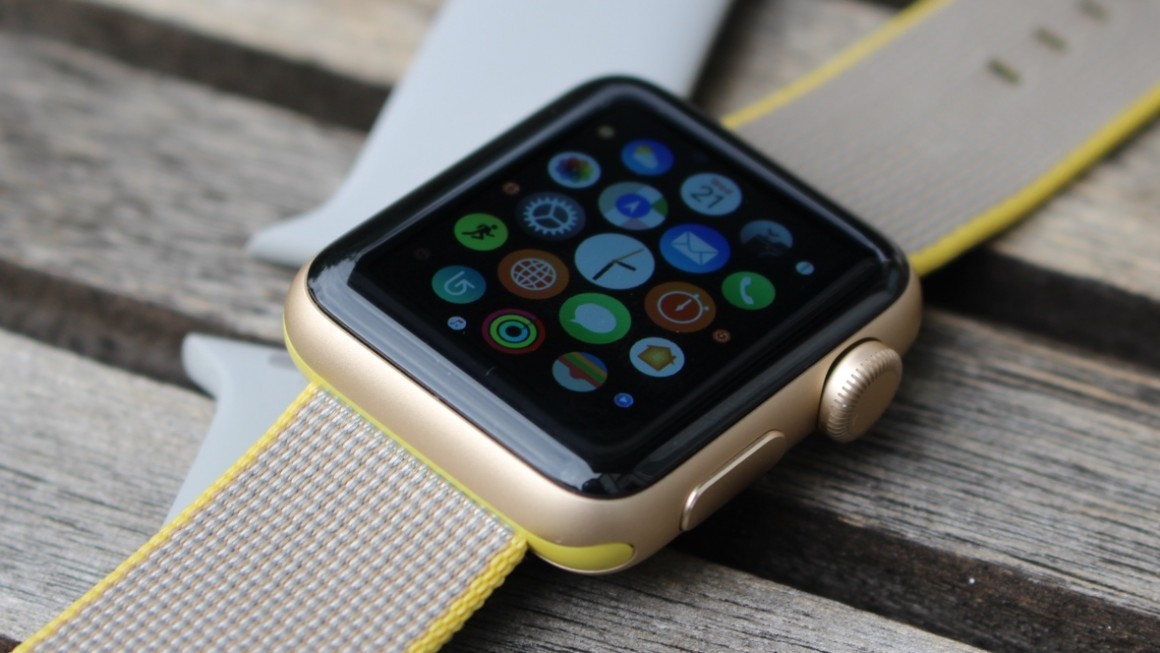
While in most cases smartwatches run paired to a phone, they still have app stores which enable you to add to the core features of the watch – just like a smartphone.
Apple had more than 10,000 compatible apps in its store at the last count; Android Wear’s app count is stated at 4,000+. Samsung’s Tizen is playing catch up already with around 1,000 – we had a little moan that though there are more quality apps than the end of last year, we want more.
The Pebble watches boast an array of apps made by a community of loyal and enthusiastic developers; the Pebble app ecosystem means compatibility for more than 13,000 apps.
Get the right mix of features

The majority of smartwatches feature a small digital display for showing the time, date and other notifications, though some are sharper and clearer than others.
Battery life is another consideration, and the display on offer tends to go hand-in-hand with longevity.
If you want longer battery (between a week and a month) then manufacturers have to sacrifice screen quality, so you’ll get e-paper or low energy LCD as we’ve seen on the Pebble 2, Garmin Vivoactive and Vector Luna. They don’t look amazing, but they do the job.
If you want bright pin-sharp visuals, such as the ones you get with the Apple Watch and Android Wear devices, your smartwatch will last two days at best. It’s a simple choice about what’s most important to you.
It’s also wise to check out the kind of features each smartwatch champions.
Most will act as a watch first and foremost, and then notify you of messages from your smartphone, such as calls and emails. Some Android Wear smartwatches can make use of the Wi-Fi support for connecting on the go when you don’t have your phone but devices like the original Zenwatch miss out.
However, some smartwatches go further. Many are aimed at fitness, like the Garmin Vivoactive HR – so while its long battery life might seem appealing, a lot of the features might be wasted on you if you’re not a runner, golfer or cyclist.
Similarly, if you’re into sports, you need to check out the hardware included. Some Android Wear devices, such as the Sony SmartWatch 3, the Moto 360 Sport and the Polar M600 come with GPS, and are therefore capable of accurately tracking running, so don’t expect all devices under the Google umbrella to do the same.
The Pebble smartwatch’s fitness features are powered by Misfit, so it can track steps and sleep just as a normal Fitbit-style device would, but there’s no GPS for accurate run or cycle tracking.
Customise it
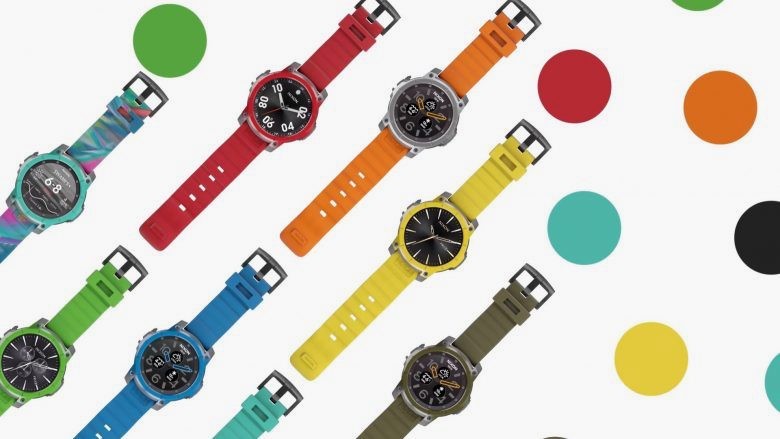
Style is supremely important in a smartwatch, and luckily things are changing for the better. Smartwatches such as the Fossil Q Wander, Pebble Time Steel and LG Watch Urbane – not to mention the Apple Watch Series 2 – have brought more style to the party. Devices from Tag Heuer and Michael Kors show that smartwatch aesthetics are becoming more refined all the time.
Whichever smartwatch you choose, check out strap options, and whether it has a standard fitting.
Of the Android Wear line-up, the Moto 360 2 offers some of the best customisation options around, and it also boasts standard 16mm, 20mm and 22mm fittings, so you can choose your own too. The same applies for Pebble and Vector and Pebble is also investing in a Smartstraps platform to add customisable functions, not just style.
However, Apple Watch buyers beware. While the Apple Watch has a beautiful line-up of straps, including branded versions from the likes of Coach and Hérmes, these are expensive. You can bag a bargain by opting for a third party Apple Watch strap, which can save you hundreds of dollars.
Dustproofing and waterproofing are other features to watch out for, particularly if you spend more of your time in the great outdoors than in an office cubicle, and many smartwatches carry an IP67 rating.
Need more help?
If you know you’re going down the Google path, check out our Android Wear guide and also take a look at the breakdown of every Android Wear smartwatch.
Be sure to take a look at our best smartwatch roundup too, as it’s ever evolving with the latest models.
And finally, bookmark our smartwatch hub to keep up to date with all the latest going-ons for the genre.
SOURCE:http://www.wareable.com/smartwatches/smartwatch-buyers-guide-what-smartwatch-should-you-buy

